Application Hosting – How PolyHaven Manages 5 Million Page Views and 80TB Traffic a Month for < $400
Distributed Systems and Scalability Feed #1 – Heroku Client Rate Throttling, Tail Latency and more
Best Courses, Books, Research Papers & Repos To Learn Software Architecture, System Design and Distributed Systems
YouTube Architecture – How Does It Serve High-Quality Videos With Low Latency
Full list of distributed systems articles
Master system design for your interviews or your web startup
Product development: An insight into the process of developing new products
YouTube database – How does it store so many videos without running out of storage space?
Monzo Architecture – An Insight Into the Backend Infrastructure of a Modern Digital Bank
An insight into how Uber scaled from a monolith to a microservice architecture
Distributed Data Processing 101 – A Deep Dive
Distributed Cache 101 – A Deep Dive
Zero to Mastering Software Architecture Learning Path - Starting from Zero to Designing Web-Scale Distributed Applications Like a Pro. Check it out.
Master system design for your interviews. Check out this blog post written by me.
Zero to Mastering Software Architecture is a learning path authored by me comprising a series of three courses for software developers, aspiring architects, product managers/owners, engineering managers, IT consultants and anyone looking to get a firm grasp on software architecture, application deployment infrastructure and distributed systems design starting right from zero. Check it out.
Recent Posts
- System Design Case Study #5: In-Memory Storage & In-Memory Databases – Storing Application Data In-Memory To Achieve Sub-Second Response Latency
- System Design Case Study #4: How WalkMe Engineering Scaled their Stateful Service Leveraging Pub-Sub Mechanism
- Why Stack Overflow Picked Svelte for their Overflow AI Feature And the Website UI
- A Discussion on Stateless & Stateful Services (Managing User State on the Backend)
- System Design Case Study #3: How Discord Scaled Their Member Update Feature Benchmarking Different Data Structures
CodeCrafters lets you build tools like Redis, Docker, Git and more from the bare bones. With their hands-on courses, you not only gain an in-depth understanding of distributed systems and advanced system design concepts but can also compare your project with the community and then finally navigate the official source code to see how it’s done.
Get 40% off with this link. (Affiliate)

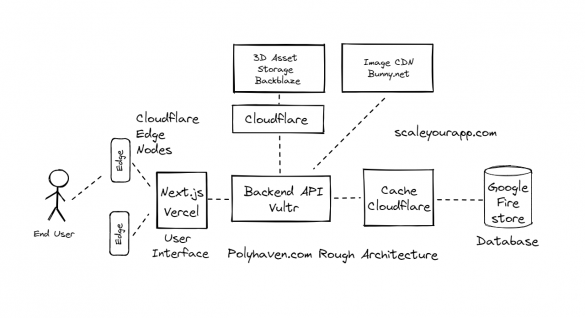


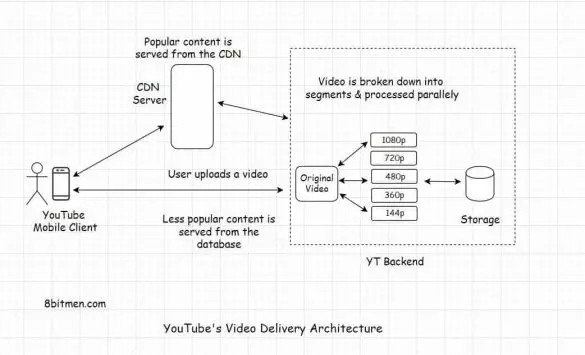
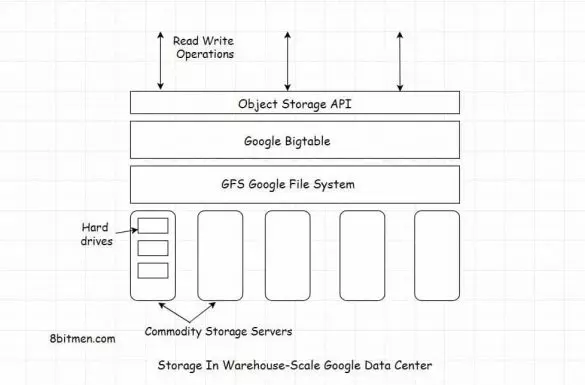
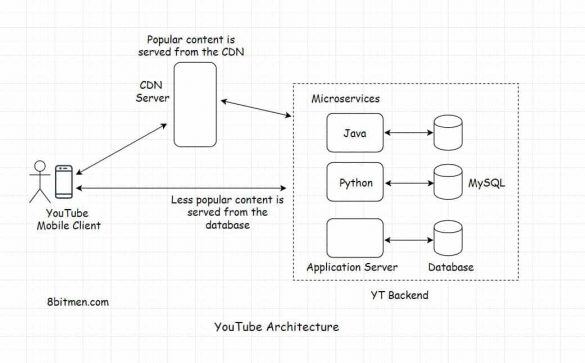

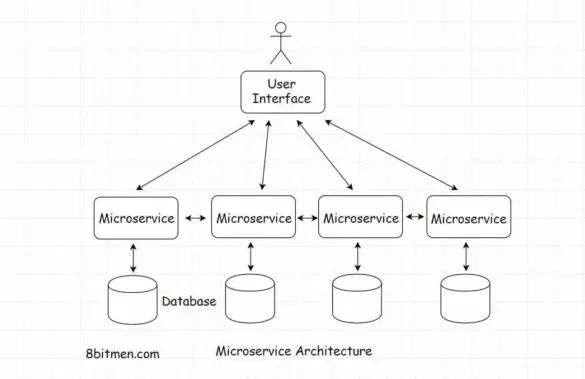
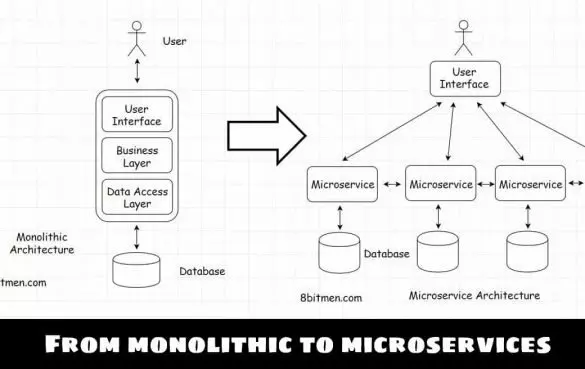
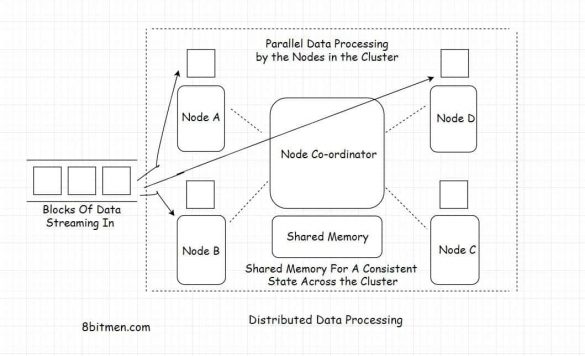
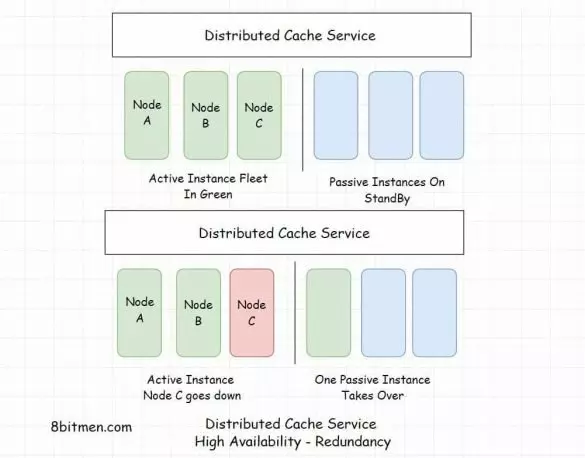
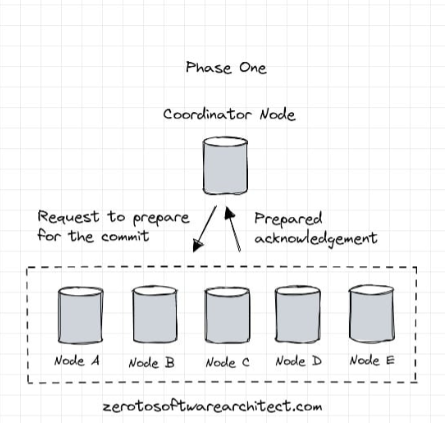
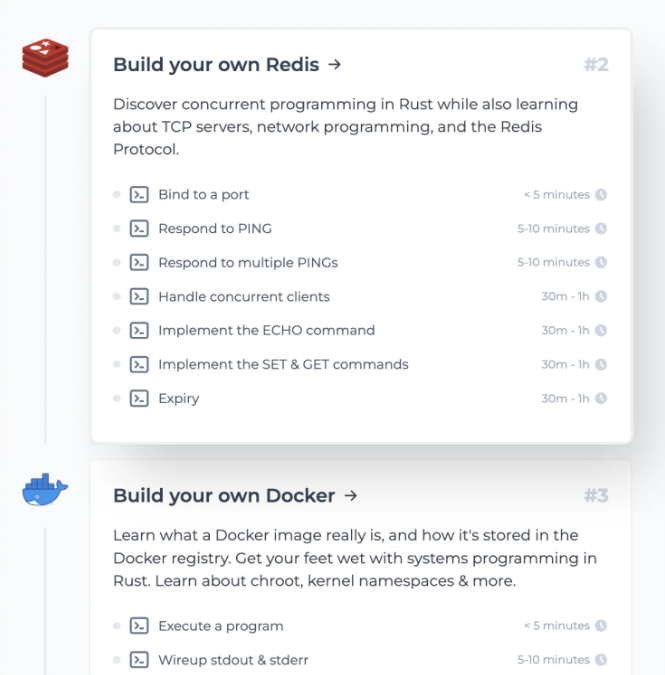
Follow Me On Social Media